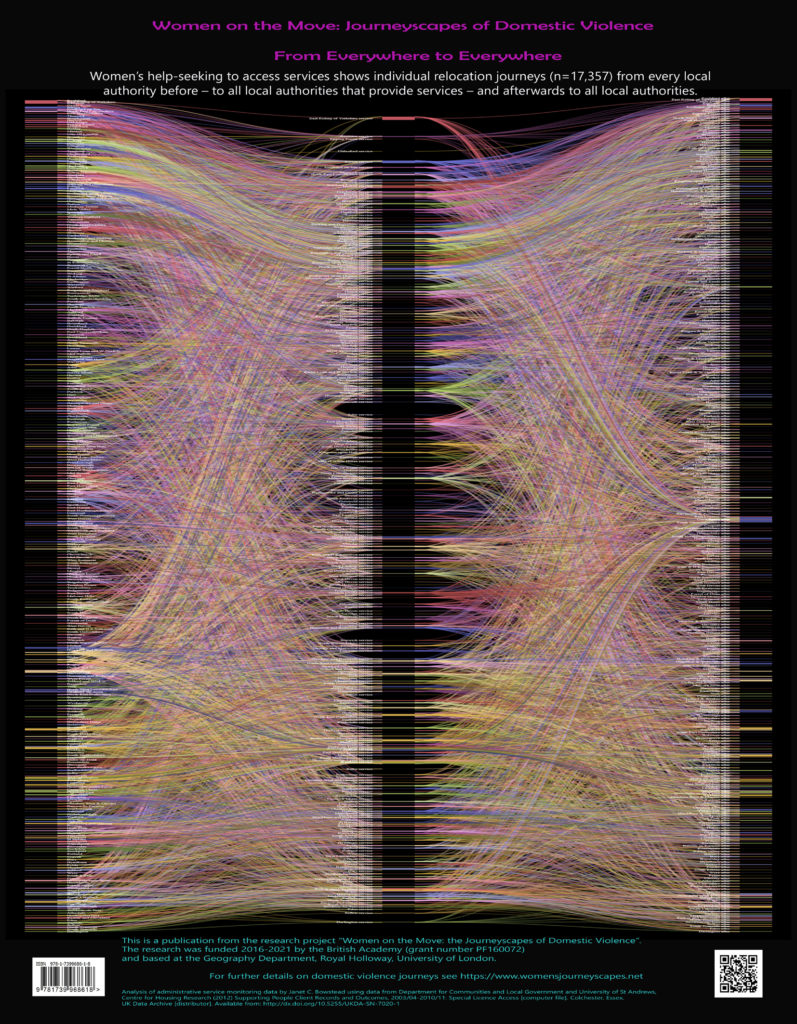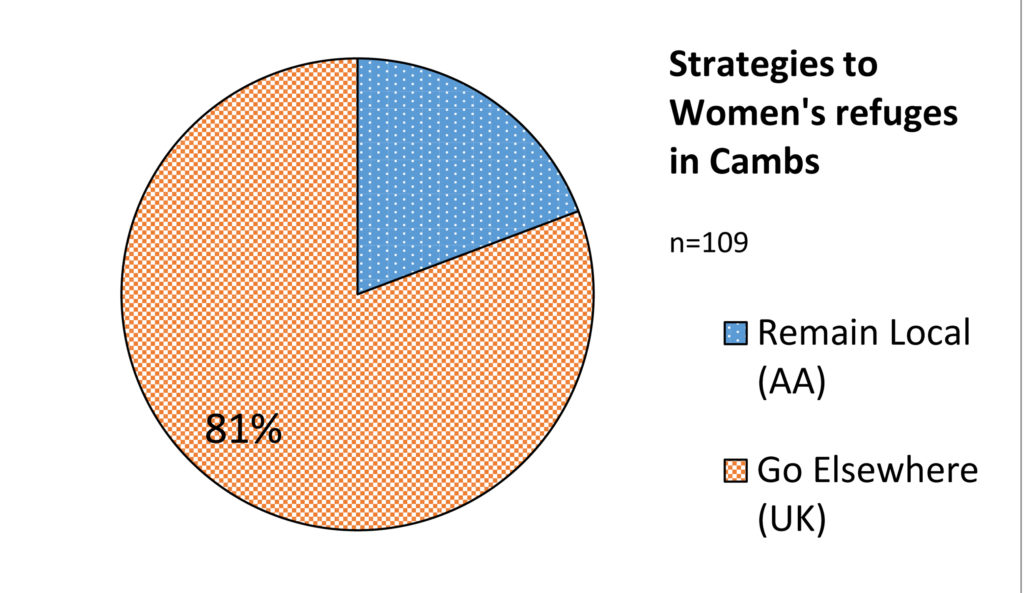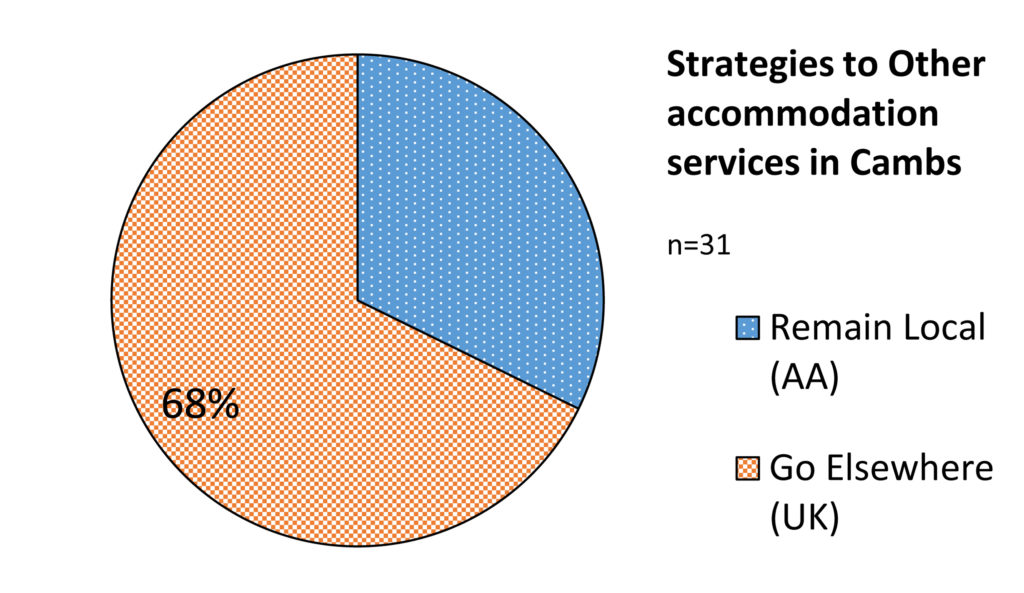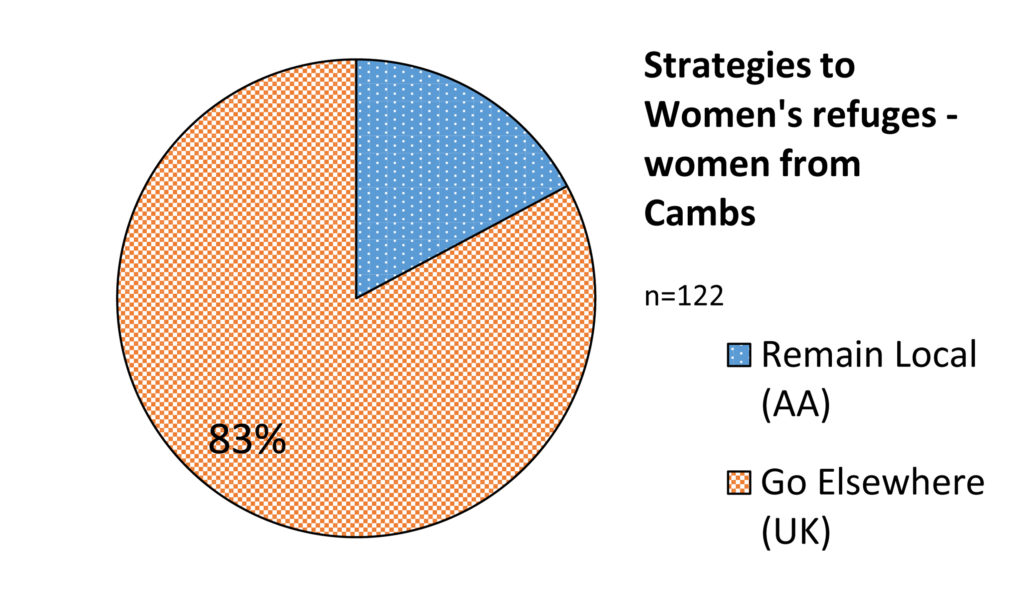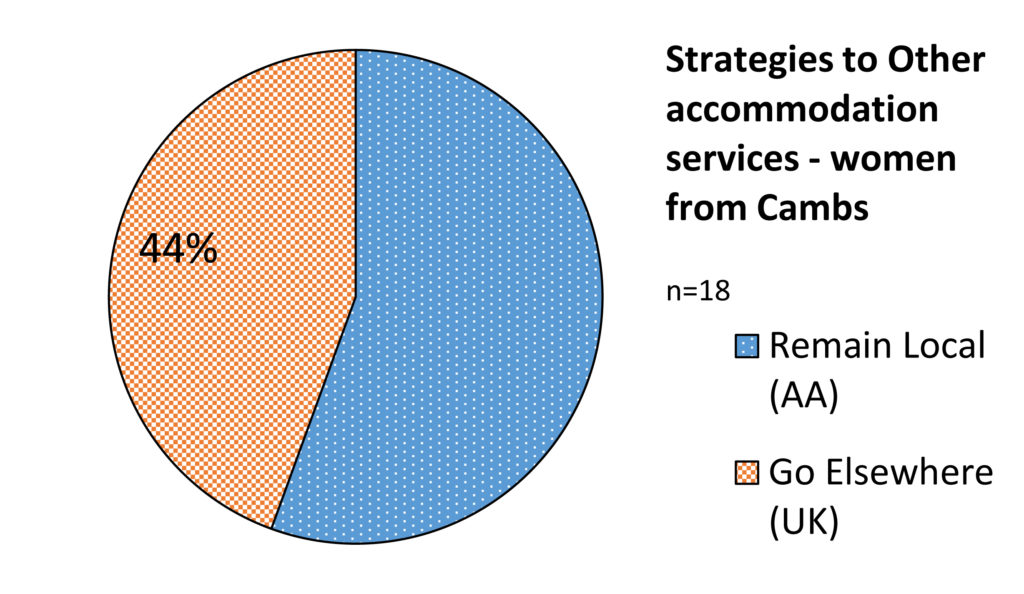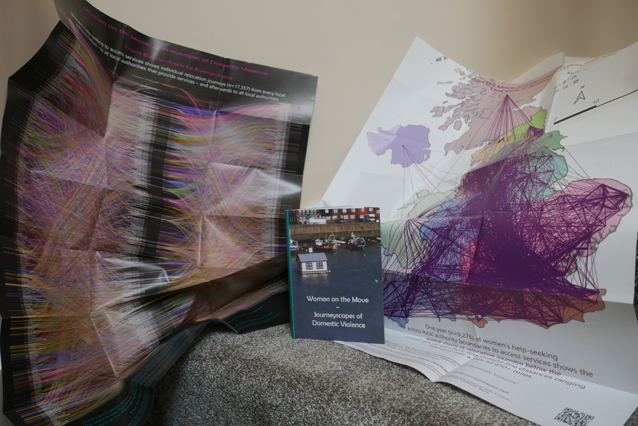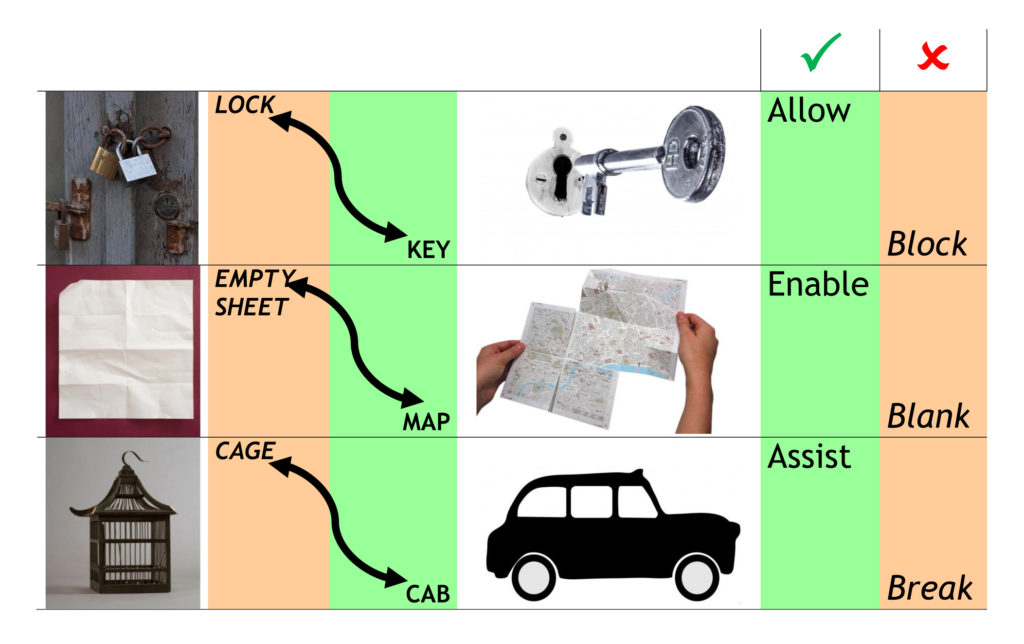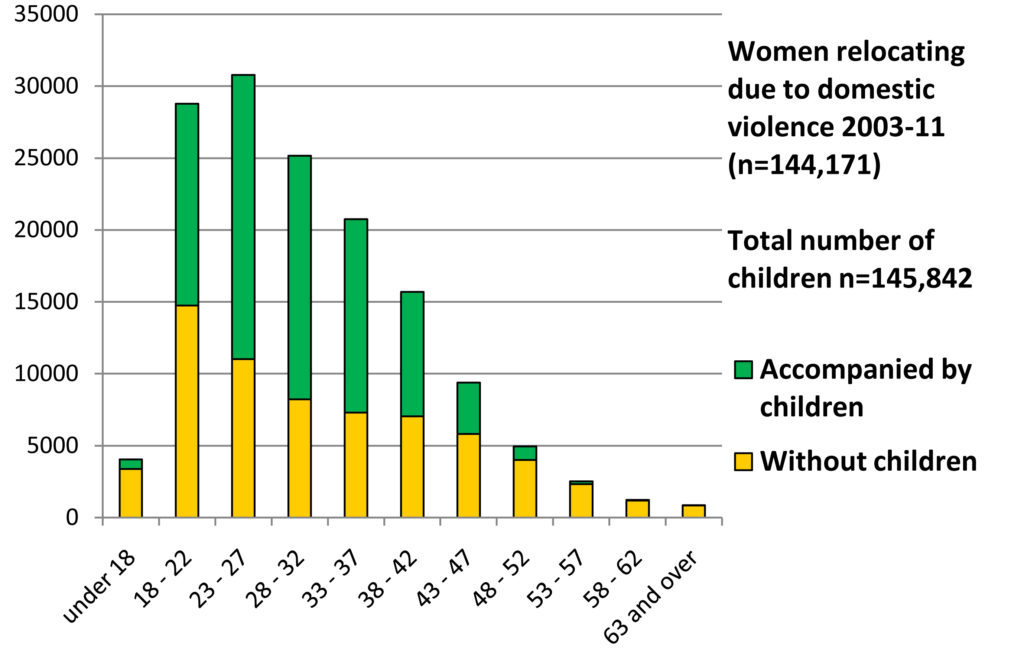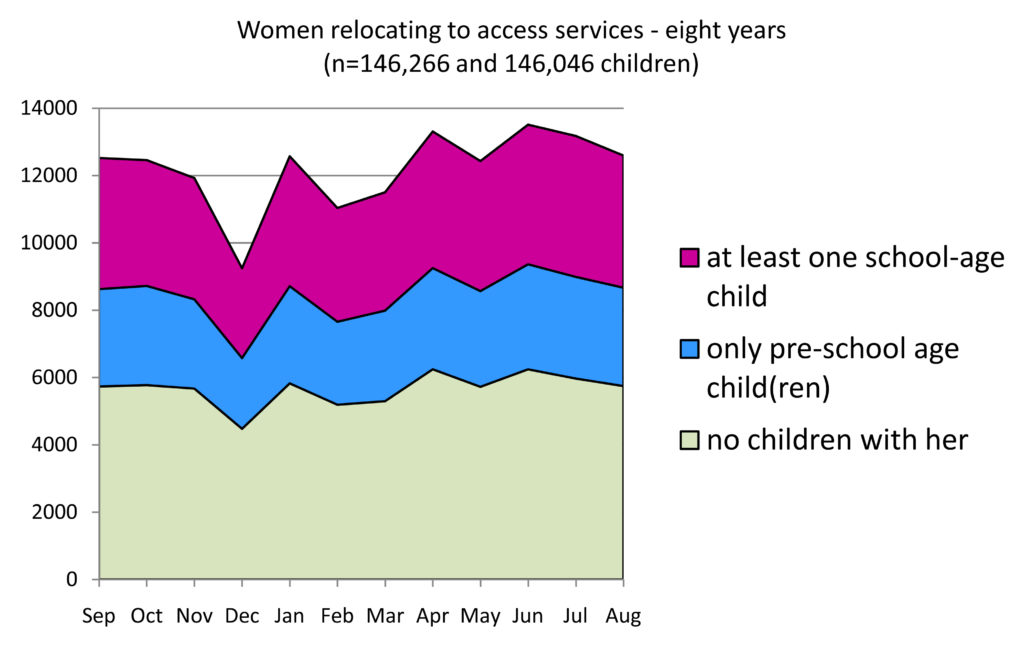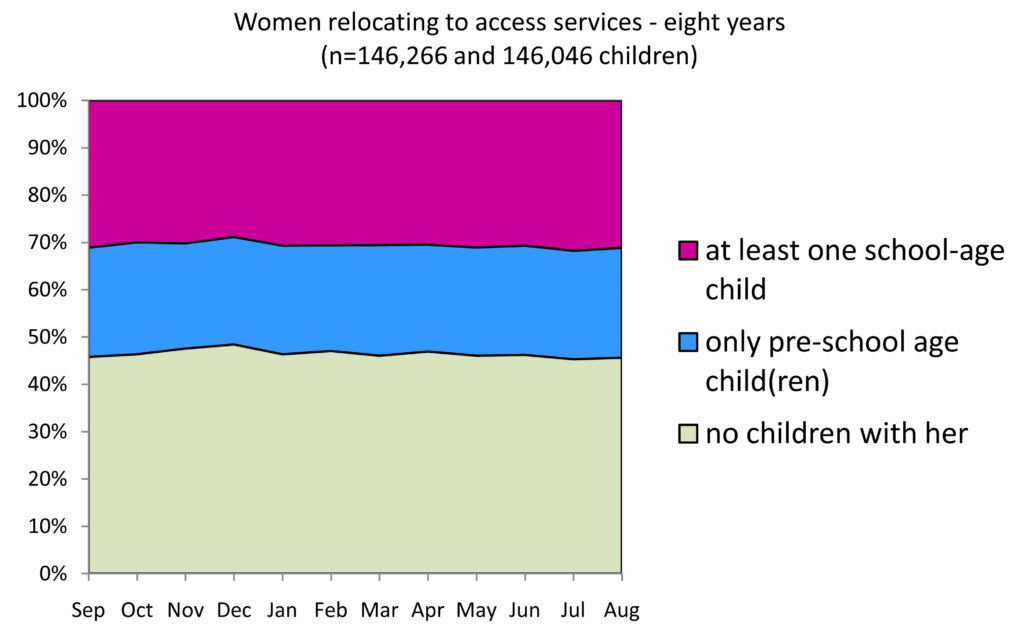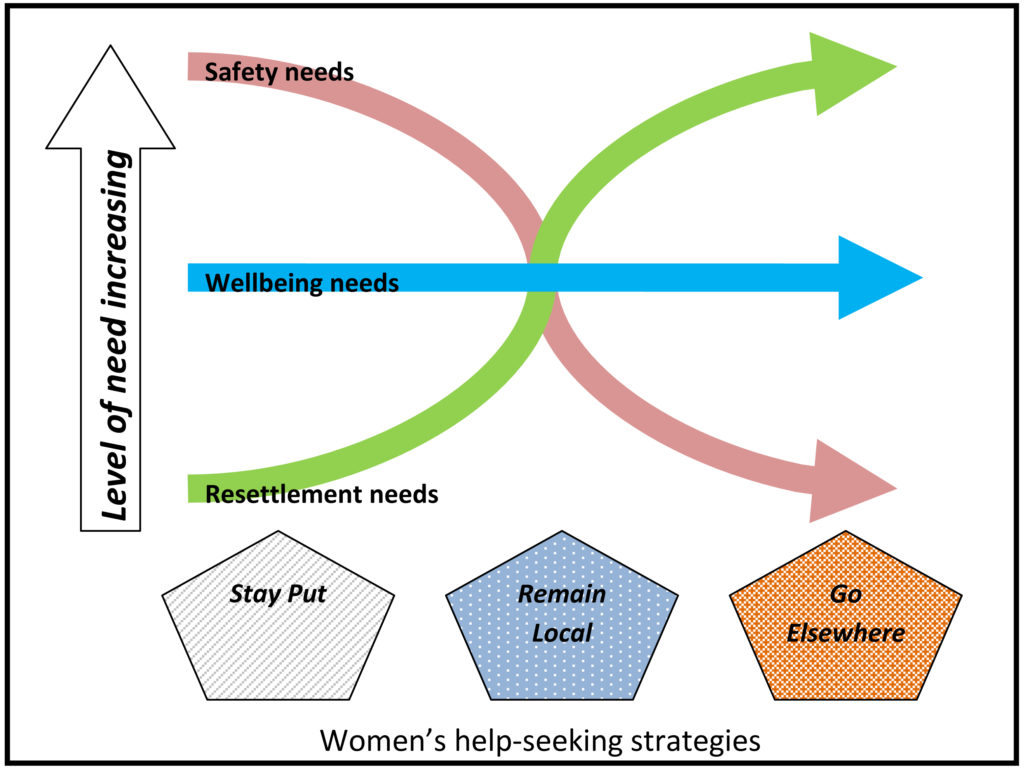This research on women’s domestic violence journeys aims to underpin an ETHICAL response, highlighting seven key elements of an effective service provision: Eligibility, Type, Holistic, Independence, Capacity, Accessibility, Location.
- Eligibility
- rights and needs-based – a service infrastructure designed around women and children rather than forcing women and children to navigate a fragmented and ill-suited infrastructure.
- no location or risk-assessed criteria or rationing.
- not excluding women and children due to legal status – such as migration status, criminal convictions or debt – with any proceedings being put on hold until support and security have been provided.
- Type
- A range of types of services for a range of needs, including:
- Women’s Refuge accommodation + support
- Other accommodation-based support
- Non-accommodation services – one-to-one support
- Specialisms – around cultural, health needs, higher support needs.
- Note that core service needs not addressed in this formula include: Peer support, children’s support, advocacy through complex and hostile systems.
- A range of types of services for a range of needs, including:
- Holistic
- Services as only a part of wider co-ordinated and multi-agency responses so that women and children can journey through at their pace and need – involving and not involving the services and support they choose.
- Providing support on abuse issues in the context of other issues women and children may be experiencing over time.
- Independence
- Recognising the pervasive nature of coercive control within abusive relationships, the interactions and relationships of services with women and children must not replicate coercion, control, or limitations on freedom or autonomy.
- Service provision must operate with independence from statutory authorities (even if receiving funds from statutory authorities), including not sharing personal information inappropriately.
- Capacity
- Sufficient for the level of expressed need – at the point of need.
- Including an expected level of vacancy/voids/free capacity, so that service provision does not exploit or exhaust the workers or ration the availability of support.
- Flexibility – able to respond when needed – recognising that women have to seek help when they can and may be unable to wait on a ‘waiting list’.
- Evidence-based – not reducing, developing or changing services unless there is clear evidence of needs.
- Accessibility
- Services must be constantly vigilant about barriers to accessibility – where women and children who deserve and would benefit from a service are unable to access it.
- This may be due to issues of Eligibility, Capacity, or Location; but may additionally be about addressing aspects of specialist support, legal status, and the attitudes, beliefs and behaviours of service providers.
- Location
- Women experience domestic abuse everywhere, so the location of services must enable both staying put and journeys – including return journeys where appropriate.
- All types of places – so that you can go as far as you need/ stay as near as you can.
- The location of help-seeking should not necessarily cement the location of longer-term resettlement.
- About fundamental eligibility as a survivor of abuse – violence against women as a human rights violation – to go and be wherever is best.
Technical Paper on a formula for the Type and Capacity of services in England
The elements of service provision characterised as Eligibility, Holistic, Independence, Accessibility are based on principles, and are evidence-based from past learning, research literature, human rights law, and experience of decades of domestic abuse service provision. These are discussed in other blog posts, briefing papers and publications available on this website.
A technical paper on developing a formula for the Type and Capacity of domestic abuse services in England has just been published and is available here. The minimum required capacity of three types of services is estimated as:
Accommodation – A minimum of 5,369 family bedspaces
- 4,497 should be ‘Women’s Refuge’ spaces
- 872 ‘Other’ types of support accommodation
Non-accommodation – A minimum of 1,084 fte (full-time-equivalent) community-based specialist support workers (separate roles from ‘advice’; or risk-based ‘advocacy’) rising to a minimum of 1,543 fte workers to be able to support women with additional needs beyond the domestic abuse

